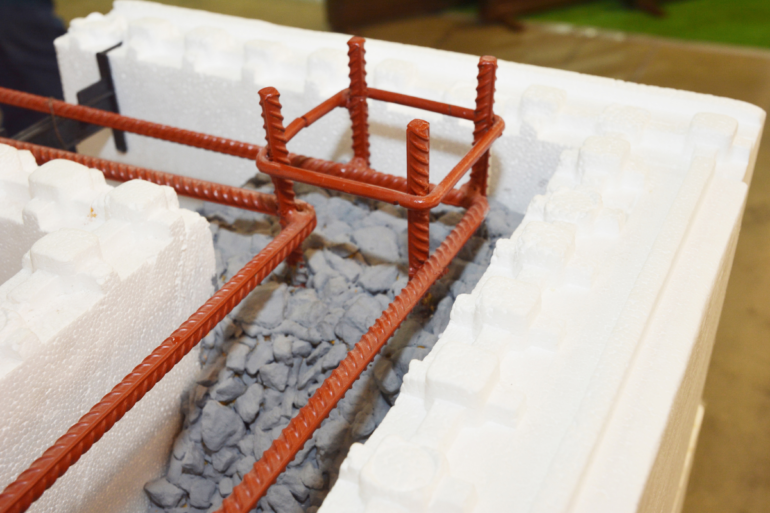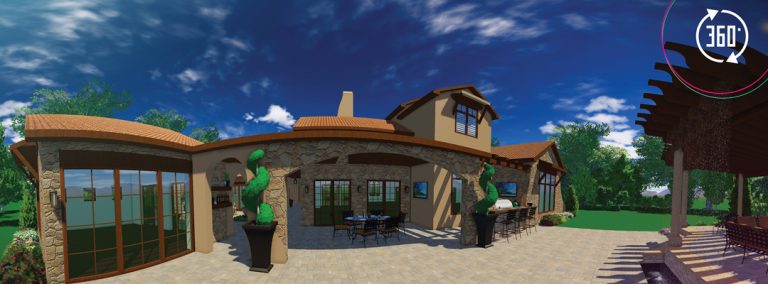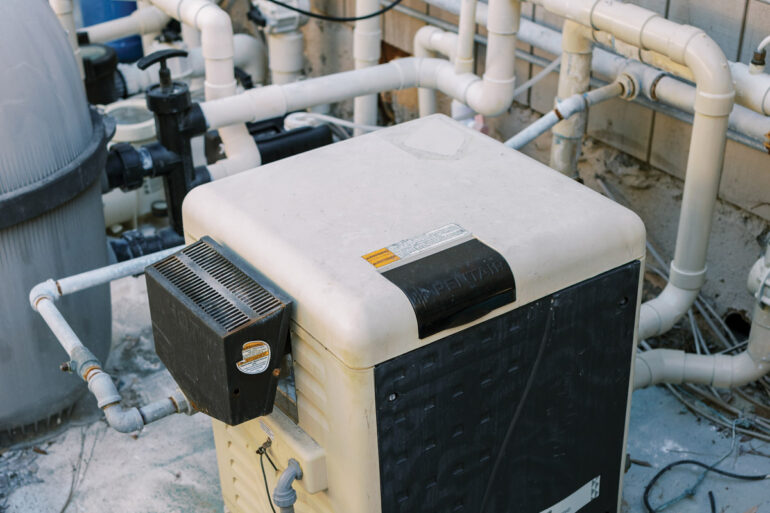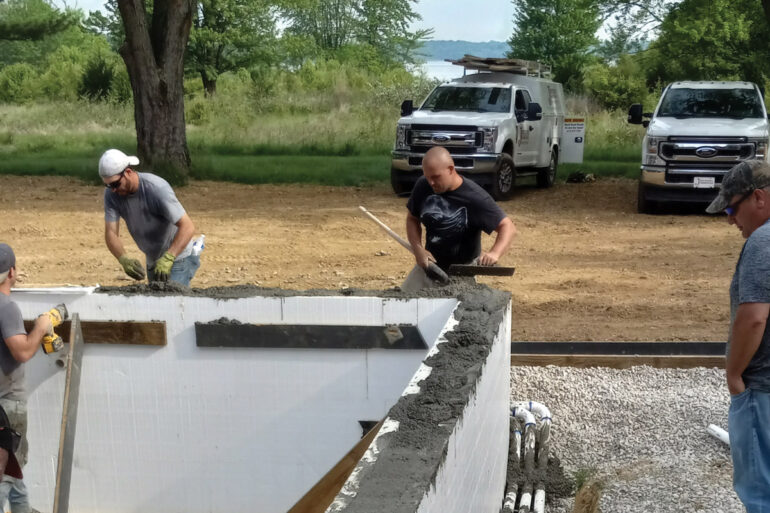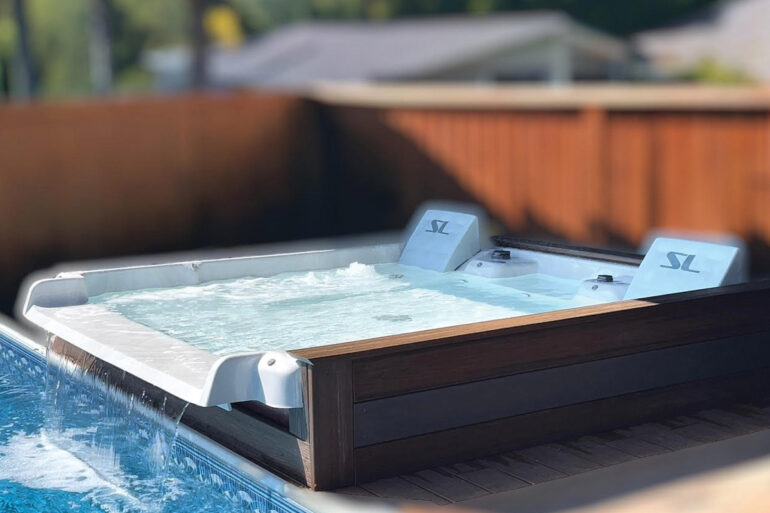Glass Tile Tips
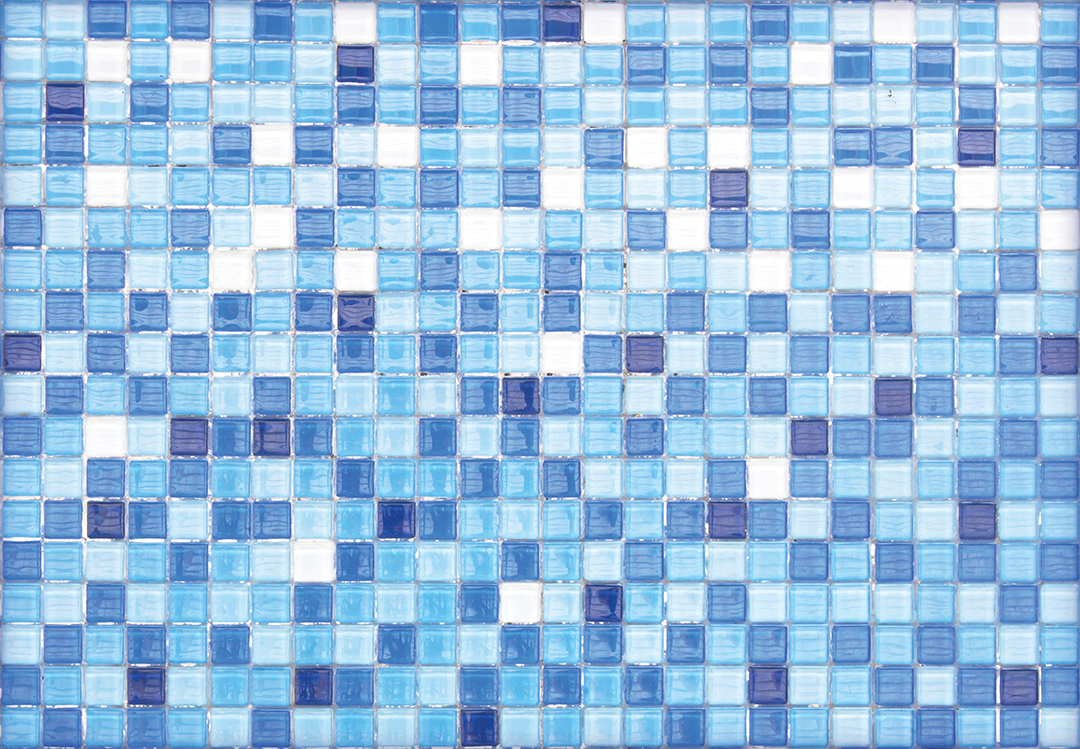
It comes as no shock to pool builders that the popularity of tile finishes is on the rise nor that clients are increasingly asking for glass and translucent glass tile, which brings its own set of challenges.
In early 2014, Brian van Bower, president of Aquatic Consultants, Inc., and a co-founder of Genesis 3 told us that about 30 percent of all of its projects are all tile, and that most of those are glass tile.
Translucent glass tile is one of the most challenging installations for a pool builder. “It’s at the highest level,” says Greg Andrews, owner of Greg Andrews Tile Inc., in Southern California and co-founder of The Tile & Stone Authority. “It’s drawing stick figures versus Rembrandt. You can have a perfect installation; it can be adhered to the wall and the grout can be nice, but if something starts to change underneath [the tile], you’ve got a failure on your hands.”
Andrews has more than 40 years’ experience doing tile installations, and while he compares translucent glass to the Dutch great, he says an installer who pays attention to detail can be successful at it. Here are some common road bumps with glass tile and how to prevent them.
Environment
Andrews recalls a job consulting on a pool with 100 percent translucent glass tile. The installers had done a beautiful job: It was flat, it was straight, it was uniform. But as time had gone by, blotchy areas started to show under the tile. Then what started to look like racing stripes appeared: A couple rows of tile would be one shade; the next row would be slightly different.
Initially, they thought the culprit was the tile’s dye lots, but Andrews determined the real offender was the thinset. Over the many months it took to complete the job, the climate underwent drastic temperature changes.
“They were getting very inconsistent hydration,” Andrews says. If the hydration — the chemical reaction that happens to cement — is inconsistent, the cement can become different shades once dried. “If you look at a sidewalk or stucco on the outside of a building, you never see an absolutely uniform color. Variations in hydration, whether internal or from ambient temperatures, is generally the cause.”
While parameters vary depending on the type of tile and thinset, typically the temperature needs to stay within 50 to 90 degrees Fahrenheit. Whether you’re working in a temperate climate in Southern California or the more volatile Northeast, Andrews recommends putting a shade cover over the pool.
“It can not only protect us from the sun, but it also protects from moisture if it starts raining,” Andrews says. “We don’t like to set glass tile — in particular translucent glass — in direct sunlight because surface temps can increase dramatically. Even if the ambient temperature is 75 or 80, you get a surface temp down in the bottom of a pool. Then you take glass, which can magnify direct sunlight through to the backside of the thinset. It can heat up exponentially and create problems.”
Cure Times
Glass tile is difficult to bond because it has no absorption. Even a very hard tile like porcelain has a bit of absorption to help it bond to the thinset. Glass, however, lets nothing in, which makes curing times, as well as consistent hydration, all the more important.
“The industry asks for glass tile to be set over a mortar bed that’s been cured for at least seven days,” Andrews says. “And every thinset and grout manufacturer is going to have cure times as well.”
First, the surface must be prepared properly and cured for the proper time. If too much moisture is left in the substrate, it can affect the color of the thinset. Any defects, inconsistencies and divots also need to be fixed because they will create an uneven thickness in the thinset.
Because of the impermeability of glass tile, it’s imperative to let thinset cure for the proper time before you begin to grout, especially if the mortar has been covered with an elastomeric membrane. This waterproofing layer helps prevent cracks, but it also means trying to bond an impervious layer (the membrane) to another impervious layer (the tile). If you need to lay glass tile on top of an elastomeric membrane, use a thinset designed to cure on top of waterproofing material. It’s always best to go with a full system — waterproofing, thinset and grout — from the same manufacturer.
Andrews says some thinsets have hydraulic qualities,“some rapid setting characteristics so you don’t need something to draw moisture out of them,” he says. “They’ll set up on their own.”
The Thinset
Between the environment and the cure times of other layers, there are several ways to screw up the thinset process before it even begins. But once you have done what you can to control the environment and prepare the surface appropriately, the all-important thinset and tile placement begins.
Choosing the right thinset color is important, especially with translucent tile. Check with your tile manufacturer to see which thinsets they recommend for that particular tile. You must verify that all bags came from the same plant, made on the same day and from the same batch, guaranteed with a born on date and sequential numbers.
Once you’ve chosen the correct product for your installation, you may want to dry batch (mix the bags of dry thinset together) the thinset if you need more than one bag to complete the job. This ensures the color is consistent across the installation.
When it comes to mixing the dry thinset with water, Andrews says it’s like the difference between baking and cooking. “With cooking, you can paint outside the lines quite a bit,” he says. “Baking is very precise. Mixing thinset is more like baking than cooking. You’ve got to be very particular about how much water you add.” Again, the incorrect water-to-cement ratio could mean the thinset dries in different color variations. The type of water is important as well and Andrews has even gone so far as to batch the water. “I was so concerned with the shading that I went to the extreme of purchasing a bunch of containers, and I batched all my water on one day,” he says. “I stored it, and we batched the water we used for all our thinset and all our grout throughout the whole project.”
Troweling on the thinset needs to be a different process as well. The thinset is combed on with a notch trowel, like you would with any other tile installation. But with translucent tile, the installer needs to go back and knock the ridges back down. If that step isn’t completed, trowel marks can be visible through the tile, Andrews says. “And if it’s not knocked down consistently,” he adds, “you can even see little air pockets through the glass. So it’s very important to not only knock down the trowel marks but also to make sure we’re using a bed of thinset thick enough to embed the glass fully so we don’t see any pits or divots.”
Once it’s installed, properly cured, consistent in color and ready for water, it’s equally important to implement proper start-up procedures to balance the water, then keep it balanced. Otherwise, shading issues could manifest due to poor water chemistry.
The big takeaway, Andrews says, is being aware that translucent glass simply takes more time, costs more money and it takes expertise to successfully install.

